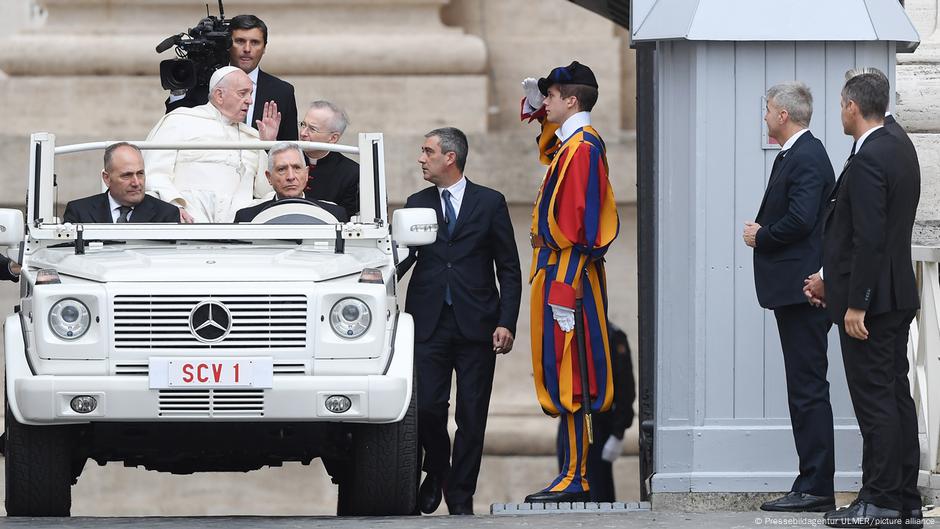The Disinformation Papacy: Pope Francis and the Age of Fake News
Pope Francis, who led the Catholic Church for 12 years, was a figure of both immense popularity and significant controversy. His progressive stance on social issues, including poverty, marginalization, and refugee rights, resonated with millions worldwide. Simultaneously, his efforts to reform the Church and his outspokenness on political matters drew criticism from conservative factions within the Catholic community. However, unlike his predecessors, Pope Francis’s papacy coincided with the rise of social media and sophisticated AI technology, making him a prime target for a new kind of challenge: widespread disinformation. From outright fabrications to distorted narratives, the spread of fake news concerning Pope Francis became a recurring issue throughout his tenure.
One of the most egregious examples of this disinformation campaign involved a claim circulating on social media platform X (formerly Twitter). This post falsely attributed to Pope Francis support for a supposed World Economic Forum initiative promoting euthanasia for individuals with autism, alcoholism, and other conditions as a means to combat climate change. This claim, originating from a known disinformation website, was demonstrably false. The Catholic Church, under Pope Francis’s leadership, consistently and vehemently opposed euthanasia, reaffirming the right to life for all individuals, including those with disabilities. The fabricated story underscored the ease with which false information could be disseminated and amplified in the digital age.
Further complicating matters, some disinformation originated from within the Church itself. Carlo Maria Vigano, a former Vatican envoy excommunicated for schism, propagated various conspiracy theories about Pope Francis, leveraging his insider status to gain traction within right-wing circles, particularly in the United States. This internal dissent added another layer of complexity to the fight against disinformation, highlighting how seemingly credible sources could contribute to the spread of false narratives.
The weaponization of Pope Francis’s image extended beyond fabricated statements. Following Russia’s 2024 presidential election, widely criticized as neither free nor fair, a Russian state-operated news agency falsely reported that Pope Francis had congratulated Vladimir Putin on his victory. This claim, quickly refuted by the Holy See, demonstrated how the Pope’s image could be manipulated for geopolitical purposes. The incident highlighted the vulnerability of public figures to disinformation campaigns designed to exploit their reputation and influence for political gain, particularly in contexts of international tension.
The advent of readily accessible AI technology added a new dimension to the challenges faced by Pope Francis. A widely circulated image depicting the Pope in a stylish white puffer jacket, quickly went viral. This image, however, was not a photograph but an AI-generated creation. The incident marked Pope Francis as the first pontiff to become the subject of widespread AI-generated fake imagery. This case highlighted the potential of AI to blur the lines between reality and fabrication, creating convincing visual content that could easily deceive and mislead the public. The ease with which such images could be created and disseminated raised concerns about the future of truth and authenticity in the digital age.
Beyond digitally manipulated images, Pope Francis also faced persistent disinformation related to his past in Argentina. Accusations resurfaced regarding his alleged complicity with the military junta that ruled the country during the 1970s and 1980s. While some journalistic investigations suggested Bergoglio (Pope Francis’s birth name) had knowledge of the junta’s actions and failed to protect two Jesuit priests who were subsequently kidnapped and tortured, other accounts, including those from individuals who worked closely with him at the time, maintained that he actively worked to secure their release and even aided numerous individuals in fleeing the dictatorship. The persistent nature of these accusations, despite lacking conclusive evidence, underscored the difficulty of combating disinformation, particularly when narratives align with pre-existing biases and political agendas.
The various instances of disinformation targeting Pope Francis throughout his papacy underscore the complex challenges posed by the intersection of faith, politics, and technology in the modern era. The spread of fake news, facilitated by social media and advanced AI tools, not only threatened to undermine the Pope’s authority but also highlighted the broader vulnerability of individuals and institutions to malicious manipulation in the digital age. From fabricated statements to manipulated images and distorted narratives, the disinformation campaign surrounding Pope Francis served as a cautionary tale about the importance of critical thinking, media literacy, and the urgent need to address the growing threat of fake news. The Pope’s experience served as a stark reminder that even the most prominent figures are not immune to the pervasive and insidious nature of disinformation in the digital age.


